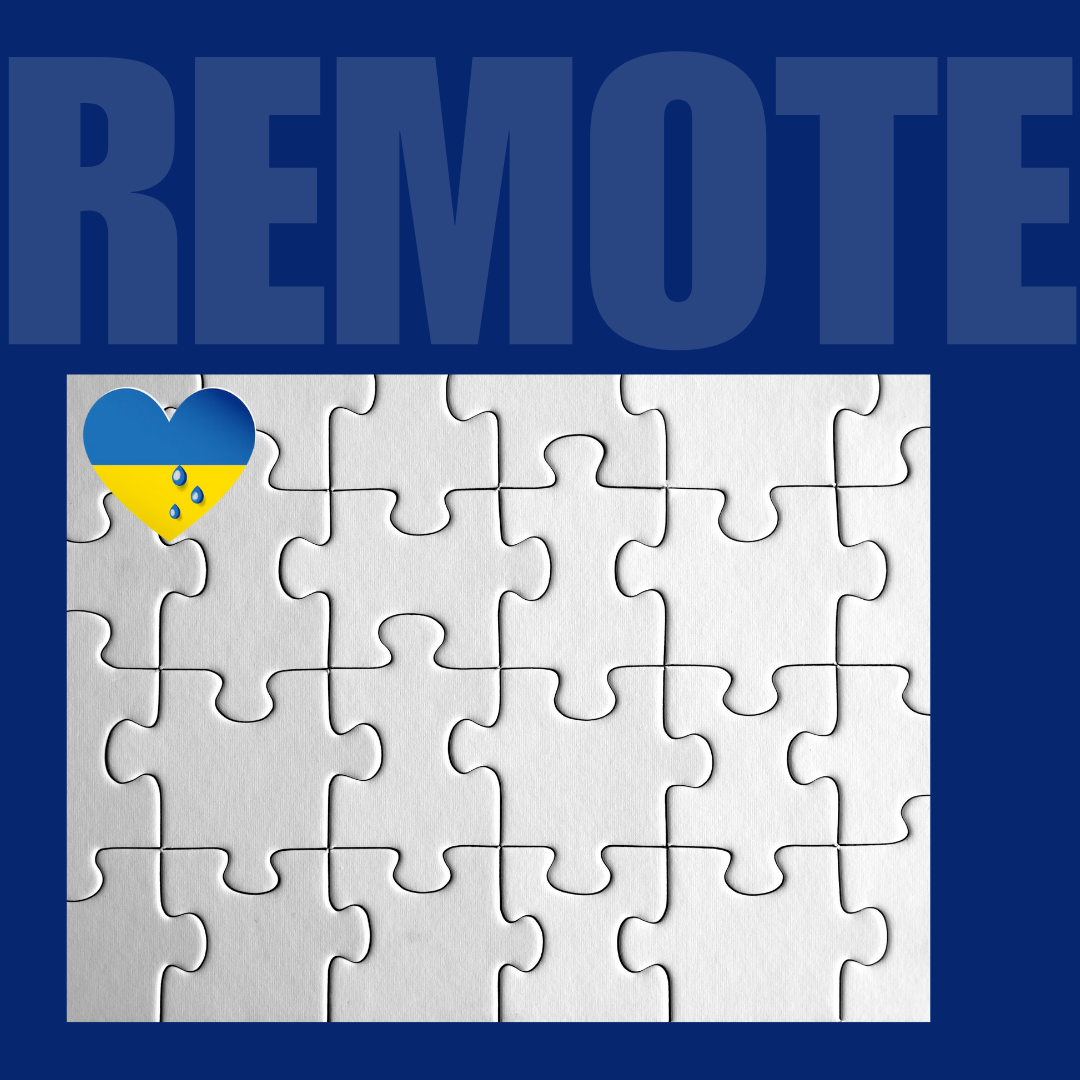Co-operation
Long-term co-operation
Focusing on long-term co-operation in B2B or even in B2C systems helps to establish sustainable relationships and build mutual trust between companies. Unlike short-term deals that may be focused on quick profits, long-term partnerships are built on mutual respect, understanding of each other’s needs and a willingness to solve problems together. Typically, hiring problems are pretty standard – and we have ready-made solutions to those problems that may arise! For us, long-term co-operation is important both on the customer side and on the specialist side. Sometimes, an employee just doesn’t fit into one company, while in another, the same person is building a great career!What makes our company unique in the market? The uniqueness of our services is that we offer not only the search for employees, but also full adaptation in the environment, in the company of the employer. For this purpose we need a script – a protocol, according to which people will fulfil their daily duties… we have examples of such protocols. Also we recommend using time trackers, and giving flexible schedules (if it is possible on duties), it is up to you to decide, but then you are guaranteed to get the loyalty of the team!
Beyond Contracts: How Long-Term B2B Partnerships Propel Innovation, Efficiency, and Sustainable Growth
Long-term B2B cooperation is the engine of compounded innovation and resilience. When two organisations commit to one another beyond the usual contract cycle, they create a protected space where research can mature, prototypes can pivot and daring ideas can be refined without the constant tick of quarterly deadlines. This extended horizon places the end customer at the centre of every roadmap, aligning products with real-world needs instead of short-term vanity metrics.
People remain the irreplaceable core of this synergy. Sophisticated algorithms can accelerate analysis, yet a seasoned account manager who anticipates a partner’s next move still delivers a value no neural network can match. Technology is merely the toolkit; relationships wield the tools.
From an operational standpoint, mature partnerships drive down cost and complexity. Seamless interfaces between supplier and buyer slash the hours spent on tendering, onboarding and renegotiation. Shared digital platforms synchronise inventory, finance and support, trimming lead times and preventing error cascades. Every redundant checkpoint eliminated returns cash to innovation and customer care.
Strategically, long-term alliances fortify market competitiveness. Joint marketing speaks with a stronger, unified voice, while co-developed products reach shelves faster because design feedback loops are already in place. Stability attracts talent, too: engineers and sales teams gravitate toward ecosystems where collaboration is a culture, not a quarterly experiment.
Finally, enduring B2B cooperation nurtures sustainability. Predictable demand and shared ESG benchmarks encourage investment in cleaner materials, circular logistics and community programmes that would be impossible in stop-start relationships. The result is a virtuous cycle of trust, efficiency and growth—benefiting every stakeholder, from boardroom to loading dock to end user.
Remote working
Remote working has removed geographical barriers, allowing companies to attract talent from all over the world. Organisations are no longer restricted by the local labour market, but can hire the best candidates regardless of their location. This not only increases diversity in teams, but also brings unique perspectives and experiences to the workplace, fostering innovation and creativity. Competition for the workplace is an obvious company benefit, a great value that remote hiring systems are the ones that create! In multicultural companies there is less conflict and more interest in working together! Yes, there is also the problem of misunderstanding! This requires a strict system that prevents any misunderstandings and conflicts in the company!
Solutions
Contrary to initial skepticism, remote work has proven to boost productivity for many individuals and organizations. With fewer distractions and the ability to tailor their work environment to suit their needs, employees often find themselves more focused and engaged. Additionally, remote work eliminates time-consuming commutes, giving employees more time to dedicate to their work or personal pursuits.
Business-to-business
Long-term partnerships contribute to better problem solving and risk reduction. Instead of reacting to problems when they arise, we can work together to develop strategies to address them. This helps reduce the time and resources spent on dealing with unforeseen circumstances, such as the dismissal of an employee or some other force majeure event.
Development
In an era when market signals flicker faster than a stock-ticker and volatility has migrated from the margins to the mainstream, the capacity to forge and nourish long-term partnerships has become a decisive differentiator between companies that merely survive and those that thrive. These alliances are not convenience contracts; they are multifaceted ecosystems of mutual confidence, transparent knowledge exchange, and shared accountability. When two or more organisations commit to each other over multiple cycles, they weave a resilient safety net that absorbs shocks—whether they stem from geopolitical tremors, supply-chain kinks, or sudden shifts in customer sentiment.
Sustained collaboration accelerates innovation because partners leverage complementary skills and resources instead of duplicating effort. Joint R&D initiatives, co-branded market entries, and integrated digital platforms allow ideas to move from prototype to pilot with fewer hand-offs and less friction. At the same time, trust compounds over time, lowering the transaction costs of every subsequent project: legal teams negotiate faster, procurement teams order more efficiently, and leadership can focus on strategic creativity rather than contractual micromanagement.
Beyond immediate efficiency gains, long-term alliances cultivate strategic agility. With insight into a partner’s pipeline and priorities, companies can anticipate disruption instead of reacting to it, aligning production schedules and capital investments with greater precision. Such visibility transforms partners into early warning systems and co-architects of contingency plans, turning uncertainty from existential threat into manageable variable.
Finally, enduring partnerships unlock sustainable growth. Predictable demand encourages investment in greener technologies, circular supply chains, and workforce upskilling—initiatives that require longer horizons to yield measurable returns. By centring collaboration on shared values and value creation, businesses reinforce their competitive posture while opening fresh avenues for responsible, long-lasting innovation.

Team building

We view the organization not as a collection of isolated employees but as an interconnected ecosystem in which every element—from corporate culture and digital infrastructure to leadership processes and supply-chain links—shapes overall performance. By adopting this systemic perspective, we trace the pathways of information, examine the mechanisms that sustain motivation, and evaluate how departmental structures either accelerate or impede decision-making and innovation. Such analysis exposes hidden bottlenecks, allowing us to streamline operations, strengthen cross-team synergy, and create conditions in which talent can flourish. Placing the system at the center yields tangible results. Continuous refinement of workflows boosts agility; transparent feedback loops foster a culture of shared responsibility; data-driven resource allocation reduces waste and amplifies impact. Ultimately, we do more than safeguard employee well-being—we engineer a self-learning organization capable of adapting to external shocks while consistently generating value for clients, partners, and society at large.

Task definition
Our engagement model extends beyond nurturing internal talent: we collaborate directly with each client, weaving their insights and objectives into every stage of the process. By championing radical transparency—open timelines, shared metrics, and real-time feedback loops—we transform the traditional vendor relationship into a true partnership. Clear reporting protocols and joint decision checkpoints ensure that expectations remain aligned, risks surface early, and successes are celebrated collectively. The result is a working dynamic in which employees feel empowered, clients remain fully informed, and both sides co-create solutions that stand up to scrutiny and deliver measurable value.
"To solve problems effectively, we must see the whole system, not just the isolated parts. Systemic thinking helps us understand the bigger picture and make decisions that support long-term success."
— Margaret J. Wheatley, Leadership and the New Science
"Systemic thinking enables us to see the interconnectedness of all parts of a system, allowing us to address problems at their root rather than just treating symptoms...
— Peter Senge, The Fifth Discipline
Key Principles
Our principles include the highest quality standards and the continuous development of expertise on a global scale. We create systems where efficiency and flexibility become key elements of strategic management.
We create systems
We strive to ensure that our specialists are not just qualified, but exceptional. The key principles of our company are high quality and continuous development of competences. We raise the bar by looking for talents who can not only perform routine duties, but also create innovative solutions. We create a culture that welcomes innovation and creativity contributed by every team member. Our company is not just a place to work, but a platform for professional and personal growth.



